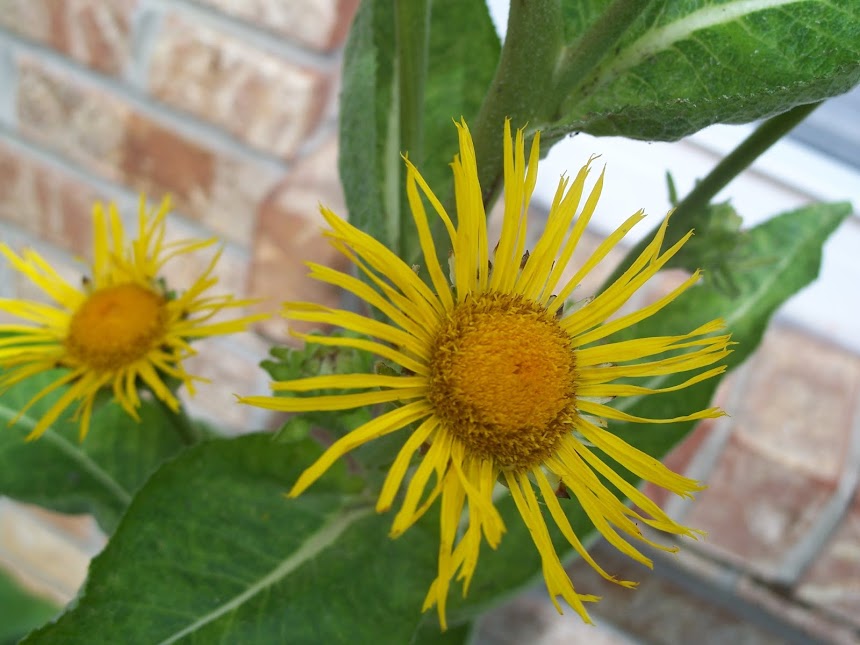We put in a grape arbor made out of cattle panel last year. It looks like we will be getting a few grapes this year. We planted Concord to eat and Green seedless grapes for raisin making. I can't wait to try making raisins since I have never done that before. Better not get too excited until I know there will be a harvest. Especially since the Mocking birds like to eat every berry we grow and Japanese Beetles love grape leaves. If fact some gardeners grow grapes as a Japanese beetle trap to keep the pesky little things off their other plants. I posted about Concord grape bars here http://raf6.blogspot.com/2012/09/recipe-for-concord-grape-bars.html. Too bad its not time for grapes yet, the family loves them.

 I canned 13 quarts of rhubarb to eat on yogurt and make into rhubarb sauce for over biscuits. To make your own just clean the ends and chop it up. Place in sterilized jars, add 1 tbsp succanat and hot water, place lids on and water bath for 10 minutes to seal.
I canned 13 quarts of rhubarb to eat on yogurt and make into rhubarb sauce for over biscuits. To make your own just clean the ends and chop it up. Place in sterilized jars, add 1 tbsp succanat and hot water, place lids on and water bath for 10 minutes to seal.My mom brought the rhubarb from her garden since I have not been able to get it to grow here. I think we will try to plant it one more time this fall, hopefully I can get it growing well enough to harvest my own.
So what does rhubarb need to grow?
Rhubarb is a cool season, perennial crop. It requires temperatures below
40 °F to break dormancy and to stimulate spring growth and
summer temperatures averaging less than 75 °F for vigorous
vegetative growth. Rhubarb plantings remain productive for 8 to 15 years.
Rhubarb tolerates most soils but grows best on fertile, well-drained soils that are high in organic matter. All perennial weeds should be killed the year before planting. The fields should be cultivated in the spring and after cutting, and hand hoeing may also be necessary. Rhubarb is relatively free of insect and disease problems.
Manure is an extremely valuable source of organic matter as it helps to conserve moisture, preserves the soil structure, and makes nutrients readily available. An application of composted manure or leaves is beneficial in late fall and early winter, but do not cover the crowns as this may promote rotting. Fresh manure should not be used as this will burn the tender rhubarb plants.
Plant rhubarb roots in early spring. Planting seeds is not recommended as it may take too long for the plants to become established, and the seedlings would not come true to color and size, if that is important to you.
Space rhubarb roots 36 inches for plants in smaller gardens (non commercial).
Good luck and Happy planting!











No comments:
Post a Comment